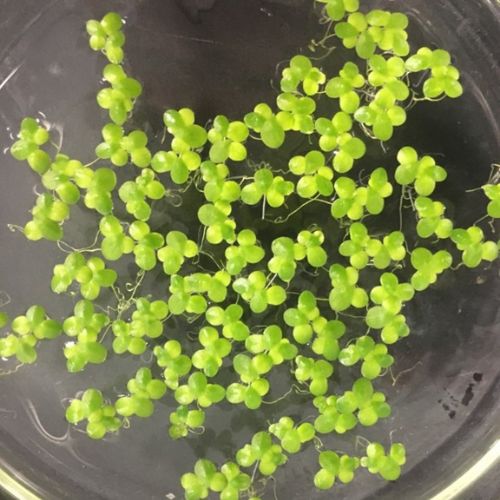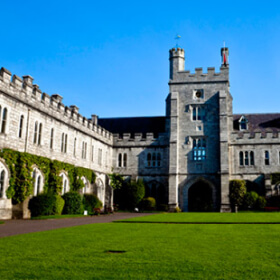Fertilisers, the circular economy and duckweed
Nitrogen and phosphorus fertilisers
The use of fertilisers containing nitrogen and phosphorus is critical to maintain agricultural productivity, particularly in the context of an increasing food demand by a growing worldwide population. Nitrogen fertiliser is produced from gaseous N2 which, via the Haber-Bosch reaction, is converted into the fertiliser ammonia. This reaction is exceptionally energy demanding and uses up some 3–5% of the annual worldwide natural gas production. Thus, production of nitrogen fertilisers has substantial consequences for climate change. The phosphorus story is different since phosphate is typically mined, amongst others from deposits in north Africa. However, there are clear indications that mineable phosphate stocks are dwindling. Thus, there are reasons to be concerned about future supplies of nitrogen and phosphorus fertilisers.

Fertiliser waste
The nitrogen and phosphorus taken up by plants will, at least partially, be passed on to herbivores such as cattle, but ultimately are likely to end up in wastewaters and therefore wastewater treatment plants. So, what is happening to the fertilisers in a traditional wastewater plant? Nitrogen is typically removed from wastewater through denitrification, whereby the plant nutrient nitrate is converted to N2 gas, which escapes into the atmosphere. Phosphorus is removed through the addition of salts such as aluminium, iron or calcium, which form an insoluble precipitate with phosphate. While these processes cleanse the water, the nitrogen and phosphorus, critical nutrients for plant growth, are essentially lost. This is a linear economy: a product has been made, is used and ultimately wasted.

Circular economy and duckweed
Is there a better way to manage these valuable plant nutrients? Can we capture nitrogen and phosphorus from wastewater, and return these nutrients to the farm to be re-used as fertilisers or in animal feed, i.e. can we create a more sustainable, a more circular economy? This is where duckweed species come in. These aquatic plants are exceptionally fast growing and consequently use a lot of nitrogen and phosphorus which they take up from (waste)water with high efficiency. The resulting duckweed biomass is valuable because of its nitrogen and phosphorus content, and consequently it has an economic value since it can be used in animal feed or as fertiliser. This is referred to as wastewater valorisation, a critical aspect of the circular economy in which wastewater is treated as a new resource. For example, in the Duck-Feed project, duckweed is used to capture nitrogen and phosphorus from agricultural wastewaters, which would otherwise go to waste. So, duckweed can help us decrease reliance on fossil fuel-dependent nitrogen fertilisers and help safeguard dwindling phosphate resources, while cleaning wastewaters.
Walsh, É., Margassery, L.M., Rodriguez-Sanchez, A., Wall, D., Bolger, P., Jansen, M.A.K. and O'Leary, N., 2024. Integration of microbial bioreactors and Lemna minor cultivation for sustainable treatment of dairy processing wastewater. Journal of Water Process Engineering, 67, p.106290.
Stejskal, V., Paolacci, S., Toner, D. and Jansen, M.A.K, 2022. A novel multitrophic concept for the cultivation of fish and duckweed: A technical note. Journal of Cleaner Production, 366, p.132881.


